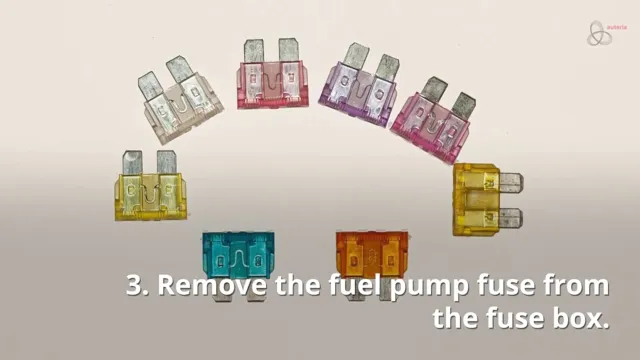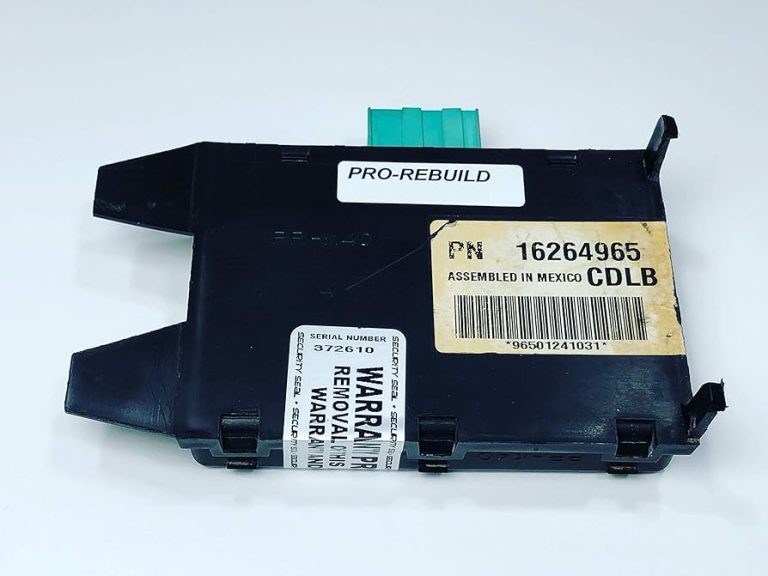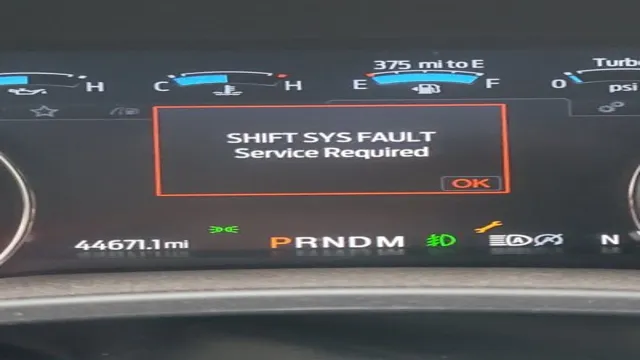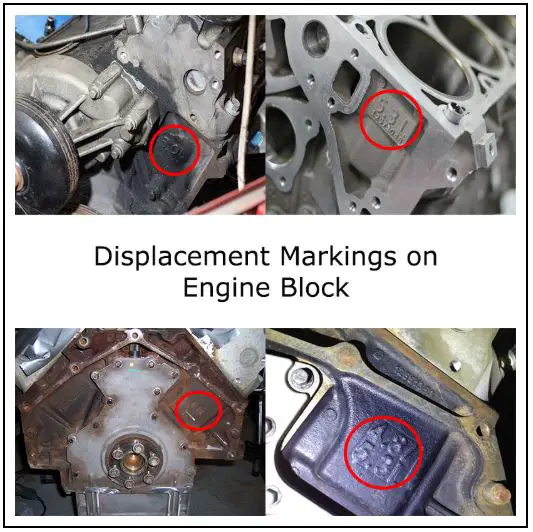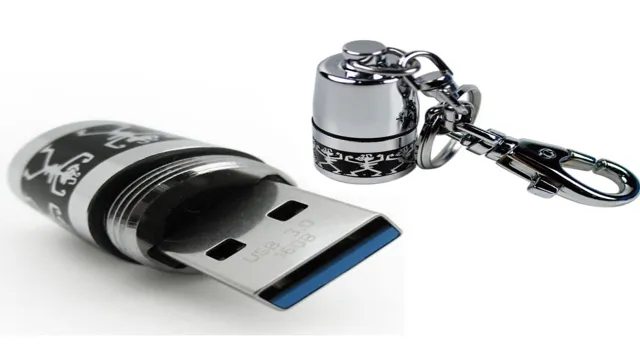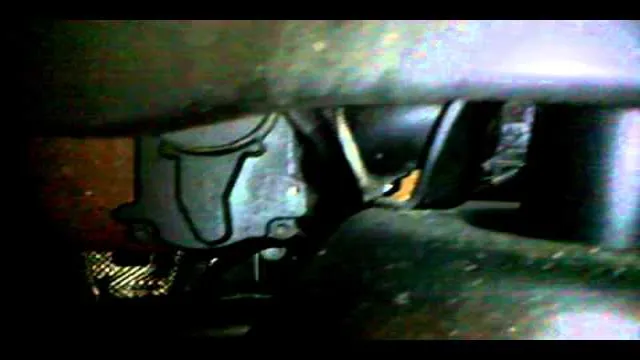Fuel Line Blockage No More: Expert Tips on How to Clear a Clogged Fuel Line
Do you feel your car is losing power and stalling frequently? One of the reasons for this may be a clogged fuel line. Your car’s fuel line is responsible for supplying fuel to the engine, and a blockage in it can lead to various engine problems. A clogged fuel line can be caused by several factors, including a dirty fuel filter, a malfunctioning fuel pump, or using low-quality fuel.
In this blog, we will discuss how to clear a clogged fuel line and restore the performance of your car. Think of your car’s fuel line as a hose that connects your gas tank to your engine. If there is a blockage in this hose, then fuel won’t flow freely, preventing your car from running correctly.
However, before we go into the process of clearing a clogged fuel line, it’s vital to understand its symptoms. Your car’s symptoms may include sluggish acceleration, engine misfires, difficulty starting, and stalling. Clearing a clogged fuel line is a straightforward process that takes only a few minutes to complete.
The first step is to locate the fuel line and disconnect it from the fuel filter. Once disconnected, you can examine the fuel filter for any signs of blockages. If there is any buildup of debris, it’s vital to replace the filter immediately.
Next, you can use compressed air or a fuel pressure gauge to blast air through the fuel line, clearing any blockages. In conclusion, maintaining a clean fuel line is crucial for the smooth operation of your car’s engine. Regularly replacing the fuel filter and using high-quality fuel can prevent the occurrence of clogs.
However, if you do encounter a clog, you can clear it yourself with basic tools. Remember, a well-maintained fuel line can save you time and money in the long run. Keep your car’s performance in top-notch condition and avoid frustrating breakdowns with regular maintenance.
Identify the Problem
If you’re experiencing engine problems, the culprit might be a clogged fuel line. Symptoms may include a sluggish acceleration, stalling, a rough idle, or even a complete engine failure. Before you can clear the fuel line, it’s important to first identify the source of the problem.
The most common causes of a clogged fuel line are rust, debris, and sediment that has built up over time. It’s important to check the fuel filter first, since this is the first line of defense against impurities entering the engine. If the filter appears to be clean, the problem may be further down the line.
Once you have located the source of the problem, you can begin to tackle it head-on and clear the clog before it causes further damage to your engine. To clear a clogged fuel line, you can try using a fuel system cleaner. These cleaners help to break down and dissolve any debris or sediment that has built up in the fuel line.
Another option is to physically remove the fuel line and clean it out manually using a wire brush or compressed air. Additionally, you can prevent clogs from forming in the future by using high-quality fuel and regularly replacing the fuel filter. With these tips in mind, you can effectively clear a clogged fuel line and keep your engine running smoothly for years to come.
Symptoms of a Clogged Fuel Line
If you find that your vehicle is having trouble starting or suddenly loses power while you’re driving, it’s possible that a clogged fuel line is the culprit. This issue can occur when debris or sediment builds up in the fuel tank and clogs the filter or the line itself. If these blockages become severe enough, fuel may not be able to flow through the line at all.
Other signs of a clogged fuel line include rough idling, stalling, and decreased fuel efficiency. To identify whether this is the problem, mechanics may use a variety of diagnostic tools, such as fuel pressure gauges or OBD-II scanners. If you suspect that your fuel line is clogged, it’s important to get it checked out as soon as possible to avoid any potential safety hazards and prolong the life of your vehicle.
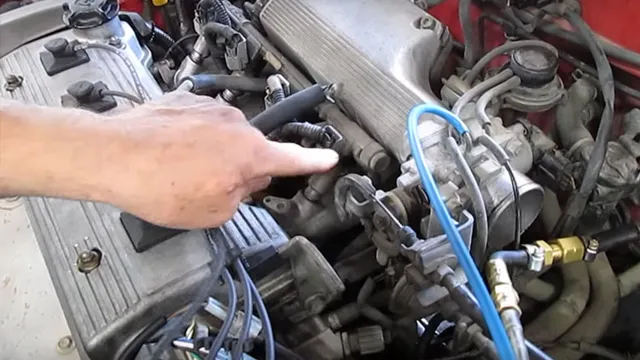
Verify the Fuel Line Clog
When it comes to engine problems, a fuel line clog is a common culprit. A clogged fuel line can cause a range of issues, from a loss of power to stalling and difficulty starting the engine. The first step in addressing this problem is to identify the issue.
One common sign of a fuel line clog is a sputtering or surging engine that seems to be struggling for fuel. This can be caused by a partial blockage in the fuel line that restricts the flow of gas to the engine. Another indication of a clogged fuel line is a sudden loss of power, as the engine is unable to get the fuel it needs to operate at peak performance.
If you are experiencing these symptoms, it is important to verify the source of the problem before attempting any repairs. A professional mechanic can perform a fuel system inspection to pinpoint the exact location of the clog and recommend the best course of action to get your engine running smoothly again.
Clearing the Clog
If you find yourself with a clogged fuel line, don’t fret! It’s a common issue, and there are several ways to remedy the problem. One of the most straightforward methods is to use a fuel line cleaner. You can find these cleaners at most auto parts stores and are easy to use.
Simply pour the cleaner into your gas tank and drive your car for a few miles. The cleaner will work its way through your fuel line, clearing out any buildup. Another option is to manually remove the clog by disconnecting the fuel line and running compressed air through it.
This method is a bit more involved but can be very effective. If neither of these solutions works, it might be time to bring your car to a mechanic to diagnose the issue. By addressing a clogged fuel line promptly, you can avoid potential damage to your engine and ensure that your car runs smoothly.
Inspect the Fuel Filter
If your car is experiencing a lack of power or slow acceleration, then the fuel filter might be clogged. Over time, debris and impurities can accumulate in the fuel filter, leading to a restriction of the fuel flow to the engine. This can result in engine misfires, fuel starvation, or even a complete shutdown.
Inspecting and replacing the fuel filter is essential to keep your car running smoothly. To clear the clogged filter, you can either clean or replace it. Start by locating the fuel filter, which can be either under the car or close to the engine.
Turn off the engine and release the pressure in the fuel system by removing the fuel pump fuse or relay and running the engine until it stalls. Then, disconnect the fuel lines from the filter and use a wrench to remove the filter. You can blow compressed air or use a soft brush to clear out the debris from the filter.
If cleaning the filter does not work, then it’s time to replace it. Look for the correct type of fuel filter for your car and install it in the proper orientation. Double-check the fuel lines and the connections to ensure they are tight and secure.
Once everything is in place, start the engine and check for any leakages or irregularities. You will be surprised at how much of a difference a clean and clear fuel filter can make in the performance and longevity of your car.
Clean or Replace the Fuel Filter
If you notice your car is struggling to accelerate or seems to be losing power, a clogged fuel filter may be the culprit. The fuel filter is an important component that prevents debris and contaminants from entering the engine and potentially causing damage. Cleaning or replacing the fuel filter on a regular basis ensures your car continues to run smoothly.
To clear the clog, you’ll need to locate the fuel filter, which is typically located near the fuel tank or in the engine compartment. Once you’ve located it, carefully remove the filter and inspect it for any visible debris or clogs. If it’s dirty, you can clean it with a solvent and reattach it.
However, if it’s severely clogged, it may need to be replaced entirely. Keeping your fuel filter clean and free from debris is essential to maintaining good engine health and prolonging the lifespan of your car. Don’t neglect this important maintenance task if you want your car to run like new for years to come!
Blow Out the Fuel Line
Blow Out the Fuel Line: Clearing the Clog Do you ever notice a loss of power in your vehicle or hear strange noises coming from the engine? These could be indicators of a clogged fuel line. A clogged fuel line can occur when debris or dirt gets into the line, preventing the fuel from flowing properly to the engine. This can cause your vehicle to not start or stall while driving.
To clear the clog, you’ll need to “blow out the fuel line.” First, locate the fuel line and disconnect it from the engine. Use a compressed air nozzle to blow air through the line, pushing out any debris that may be causing the clog.
It’s important to wear protective gear, such as gloves and eye protection, when doing this to prevent any particles or fuel from getting in your eyes or on your skin. If blowing out the fuel line doesn’t solve the problem, you may need to clean or replace the fuel filter. The fuel filter is designed to catch any debris or dirt that may be in the fuel before it reaches the engine.
Over time, the filter can become clogged and not allow enough fuel to flow through. In conclusion, clearing a clogged fuel line is essential for the proper functioning of your vehicle. By blowing out the fuel line and inspecting and cleaning the fuel filter, you can ensure that your engine is getting the fuel it needs to operate correctly.
Remember to take the necessary precautions and always wear protective gear when performing any maintenance on your vehicle.
Prevent Future Clogs
If you’ve ever had your fuel line clog up, you know what a headache it can be. Thankfully, there are a few things you can do to prevent it from happening again in the future. First, make sure you’re using high-quality fuel that’s free from dirt and debris.
This ensures that your engine won’t get bogged down by impurities. Second, be sure to change your fuel filter regularly. This is an often-overlooked maintenance item, but it can make a huge difference in preventing clogs.
Finally, consider using a fuel additive that’s designed to keep your fuel system clean. These products can help dissolve any existing deposits and prevent new ones from forming. With a little bit of care and maintenance, you can keep your fuel line in good working order for years to come.
Use High-Quality Fuel
When it comes to preventing clogs in your car’s fuel system, using high-quality fuel is key. Not all gasoline or diesel is created equal, and some contain more impurities than others. These impurities can cause buildup and clogs in your fuel injectors and other parts of the system, leading to reduced performance and potential engine damage.
By opting for higher quality fuel from reputable stations, you can ensure that your engine is receiving the cleanest fuel possible. This can not only prevent clogs, but also prolong the life of your engine and improve its overall performance. So, the next time you’re at the gas station, consider the quality of the fuel you choose, and invest in the long-term health of your car’s engine.
Regularly Maintain Your Equipment
Regularly maintaining your equipment is vital in preventing future clogs. Neglecting maintenance can lead to a buildup of debris and sediment, which can eventually cause blockages in your pipes and equipment. This can result in costly repairs or even replacement.
By taking the time to maintain your equipment, you can save yourself time and money in the long run. One way to prevent clogs is to regularly clean and unclog drains and pipes. Using a combination of baking soda and vinegar or a plumbing snake can help remove buildup and keep your drains flowing smoothly.
Additionally, it’s essential to regularly change air filters to prevent clogs in your HVAC system. Don’t let clogs catch you off guard. Take the time to regularly maintain your equipment and keep it running smoothly.
Conclusion
In conclusion, clearing a clogged fuel line requires some detective work and the proper tools, but with a little patience and persistence, you can get your engine running smoothly again. Remember to always prioritize safety and use caution when working with gasoline and fuel systems. And just like unclogging a drain, prevention is key – make sure to regularly maintain and clean your fuel system to prevent clogs in the first place.
So go ahead and tackle that stubborn clog like a pro – you got this!”
FAQs
What are the common causes of a clogged fuel line?
The common causes of clogged fuel lines are debris buildup from dirty fuel filters, rust and corrosion from old fuel tanks, and fuel contaminated with water.
How can I diagnose a clogged fuel line in my car?
You can diagnose a clogged fuel line in your car by observing symptoms such as difficulty starting, rough idling, and decreased engine performance. You can also test the fuel pressure and flow rate.
Can I clear a clogged fuel line without professional help?
Yes, you can clear a clogged fuel line without professional help by using fuel additives or by disconnecting the fuel line and blowing compressed air through it. However, it is recommended to seek professional help for severe clogs.
How often should I check my fuel line for clogs?
It is recommended to check your fuel line for clogs every 30,000 miles or as per your vehicle manufacturer’s recommendations. Regular maintenance and fuel system cleaning can prevent clogs from occurring.

